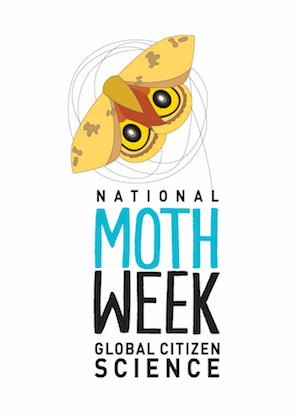Who are the Moth-ers? Lovers of moths, that’s who!
In this series, we meet some moth-ers from around the world. We’ll learn why moths are interesting and how everyone can enjoy their beauty. Hopefully you’ll be inspired to get outside and go mothing yourself!
From the USA, let’s give a warm welcome to experienced moth-er, Jacob Gorneau:

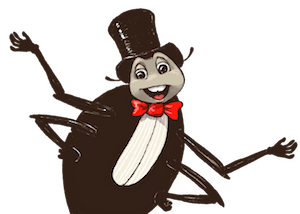
Doug Beetle: What makes you excited about moths and how did you get interested in them?
Jacob: What really got me interested in moths was the fact that I could see something new every time I went outside because there were so many different shapes, sizes, and colors. There are so many different kinds of moths!
In North America, there are over 12,000 moth species. That is more than all bird species in the world and about double the global number of mammal species!
I also was fascinated how these animals would seem to magically show up near some lights that were left on overnight, and it became an activity of mine to see what came to these lights each night.
I was so interested in moths, I decided to study insects in college, and graduated from Cornell University last year in 2020. The study of insects is called entomology. I am now working on my master’s degree at San Francisco State University and the California Academy of Sciences. While I am primarily studying arachnids for my master’s (spiders, scorpions, and their relatives), moths will always hold a special place in my heart.
Doug Beetle: Do you have a favorite moth?
Jacob: I don’t have a favorite moth species because they all amaze me in their own way.
I do love moths that change what people think of moths — most of them will not eat your clothes, or kill your plants, but all of them are important ecologically.
One moth I was excited to see as a kid was the Pandora Sphinx moth (Eumorpha pandorus), which can be found around eastern North America.
My favorite color is green and this moth has a beautiful range of different green shades. They feed on grapes and a few closely related plants. They have a really long proboscis – which basically works like a straw to suck up nectar from plants.

Moths need to be warm enough to be able to fly and they do this by vibrating their wings really quickly. These moths in particular look like a jet getting its engines ready for a big flight when they warm their wings up!
Doug Beetle: What is something cool about moths that you would like everyone to know?
Jacob: While some moths are nocturnal, not all of them are! There are some species related to the Pandora sphinx moth called Hummingbird clearwing moths, and they use their proboscis to suck up nectar from plants during the day. They can fly so fast you might mistake them for a bee or a hummingbird!
There are also some tropical butterflies that are nocturnal. Scientists have actually recently found out that butterflies are just a specific type of moth, so if you accidentally called a butterfly a moth, you will still be right! If you aren’t sure you can call it a moth and always be right.
Jacob has seen some amazing moths! Here are a few:
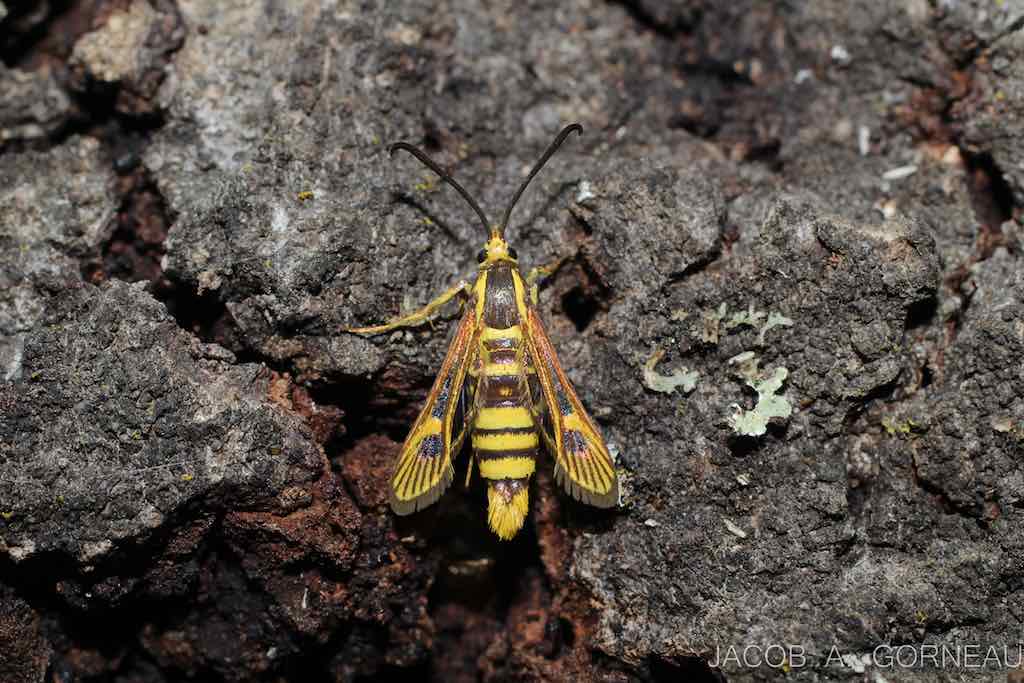
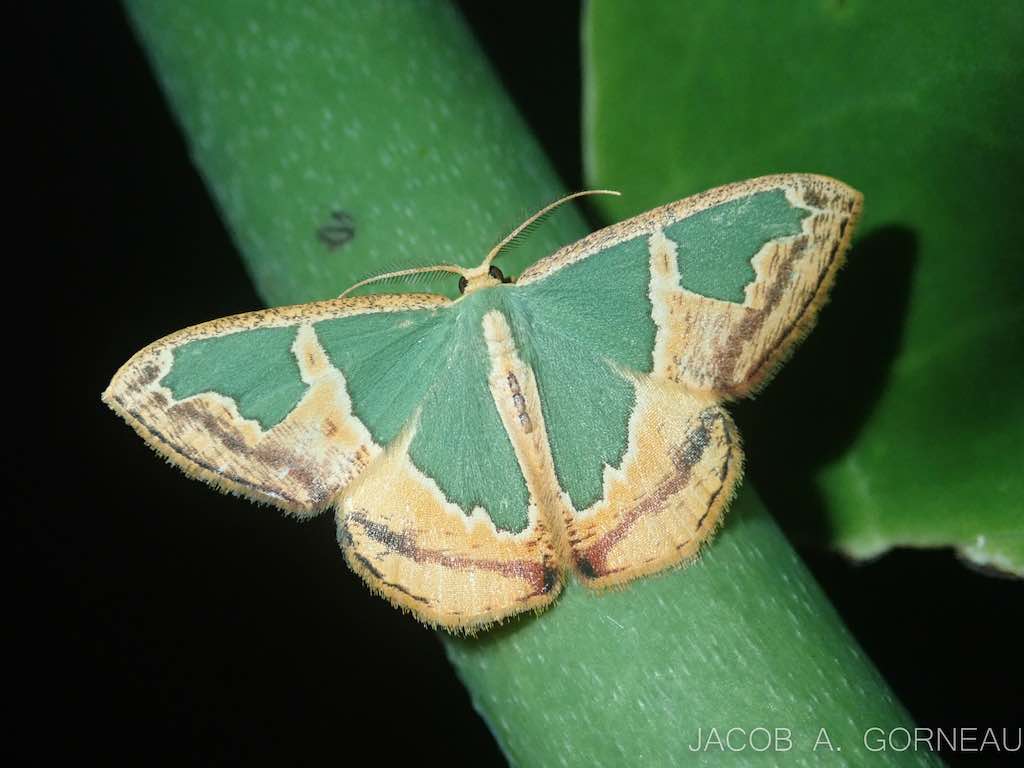
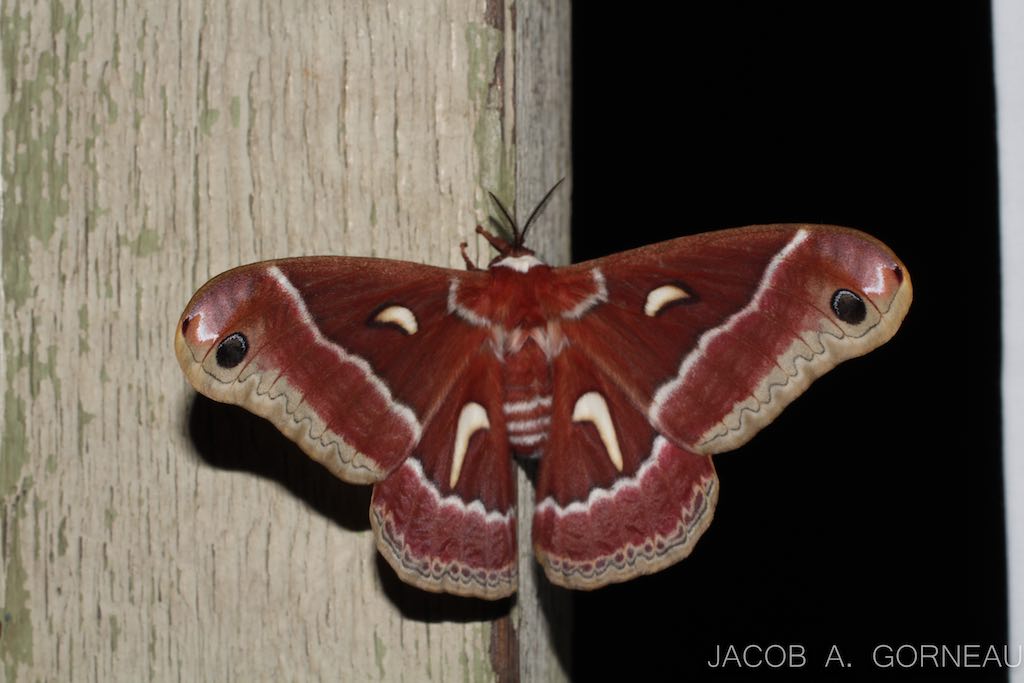
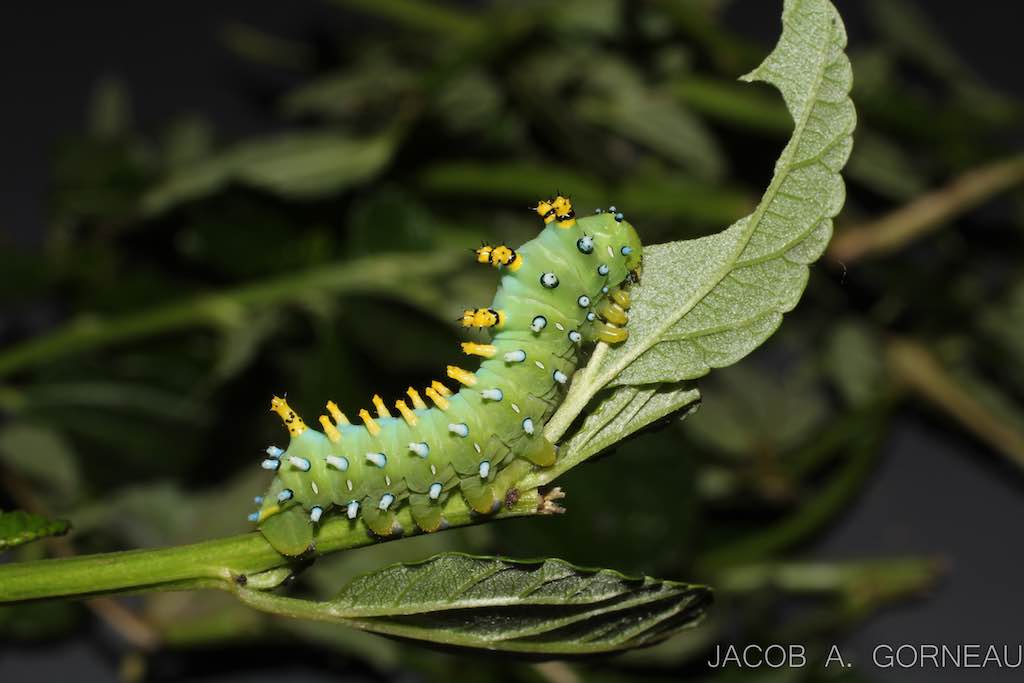
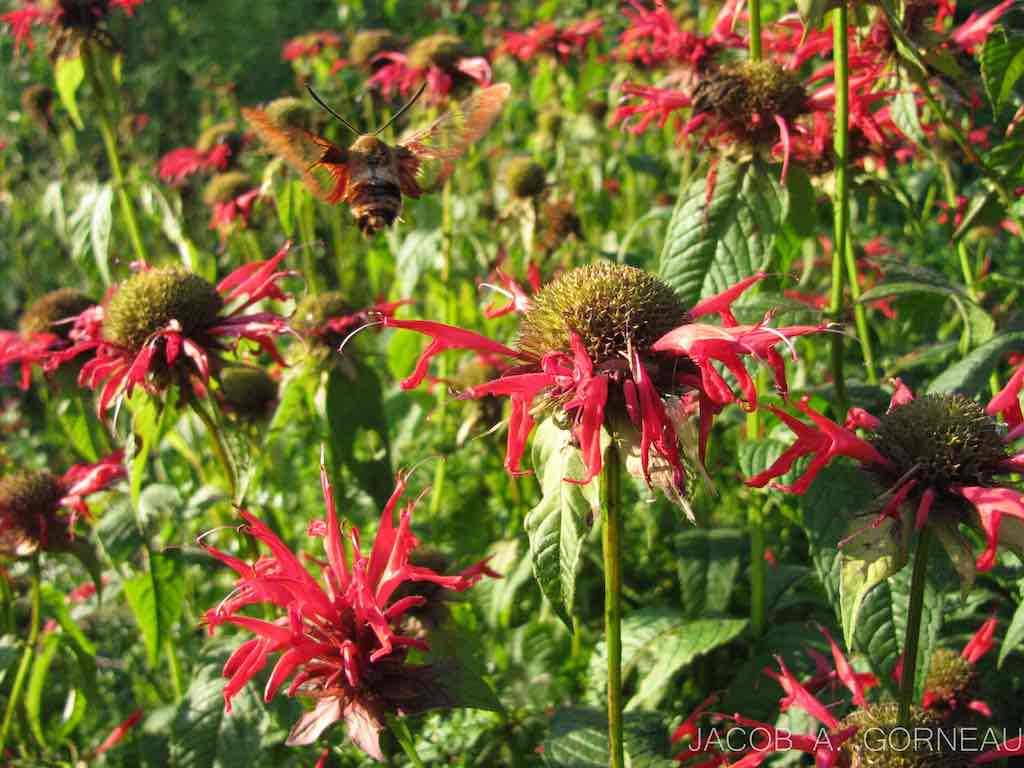
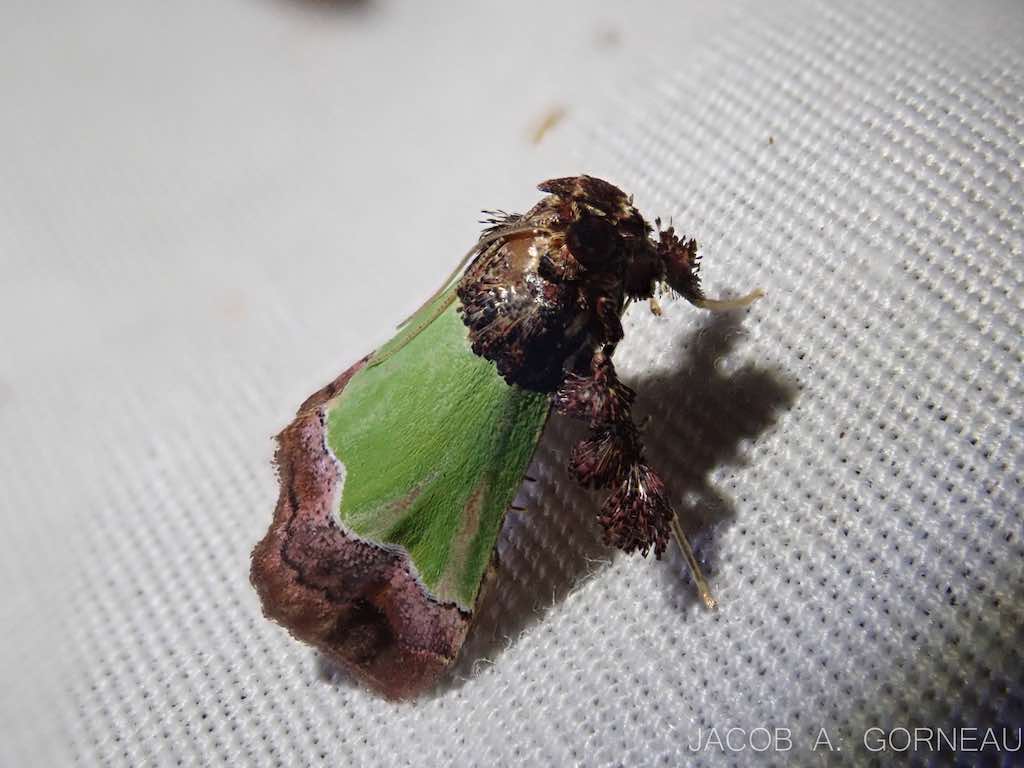
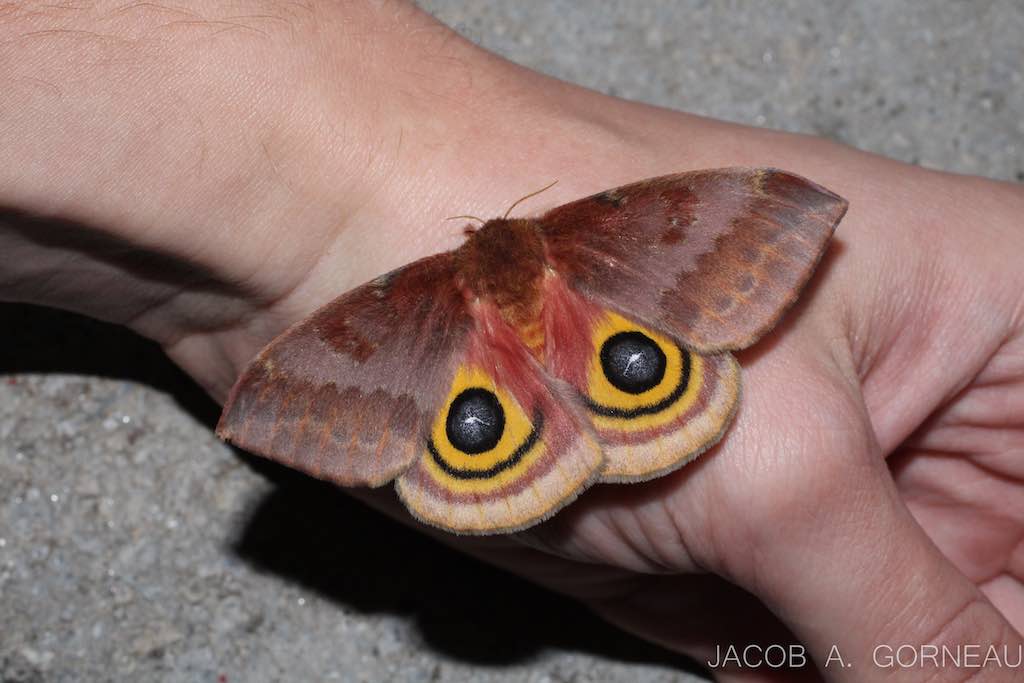
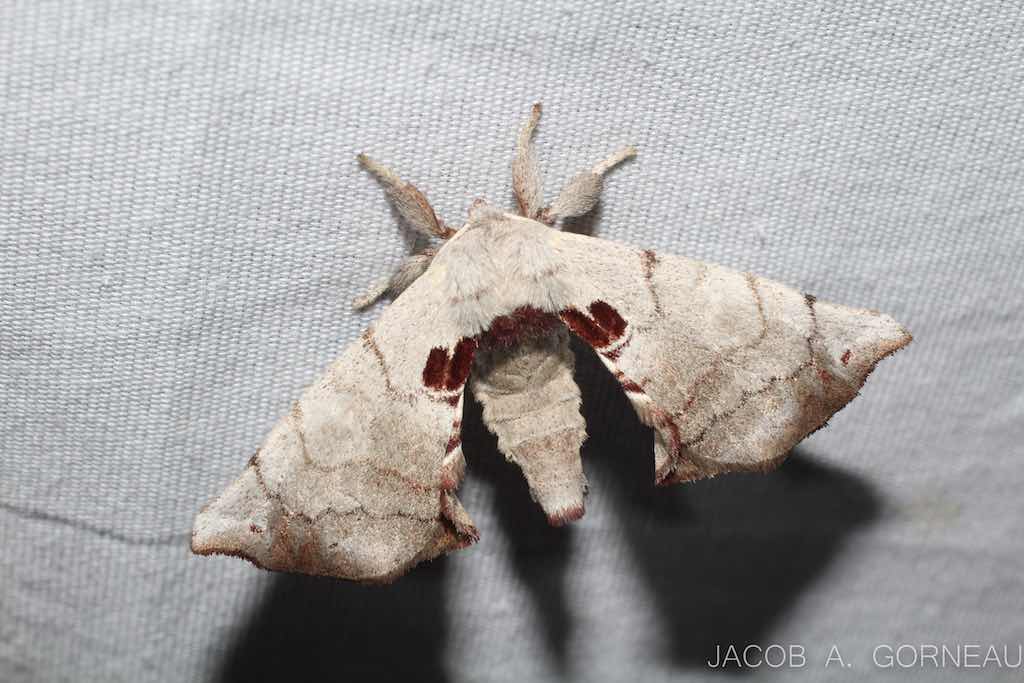
All images courtesy of Jacob Gorneau.
Thanks, Jacob. Happy mothing!
Celebrate Moth Week! Become a citizen scientist and participate in a mothing event. For more info and a list of events, visit: nationalmothweek.org
*This story was first published July 15, 2021 by Mongabay Kids

